Healthcare
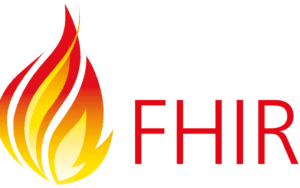
Standards
FHIR – Fast Healthcare Interoperability Resources.
The Fast Healthcare Interoperability Resources (FHIR) standard is a digital healthcare standard designed to facilitate the exchange of electronic health records (EHR) between different healthcare systems. It is a key component of the modern healthcare ecosystem, enabling healthcare providers to seamlessly share patient data and collaborate more effectively.
FHIR is based on the latest web standards and is designed to be flexible, scalable, and easy to implement. It includes a range of APIs, data models, and security protocols that enable healthcare systems to communicate and exchange data in a secure and standardized way. This helps to improve the efficiency of healthcare delivery, reduce the risk of errors, and increase patient safety.
In addition to its technical capabilities, FHIR also has a strong community of developers and healthcare professionals who are actively involved in shaping the direction of the standard. This ensures that it remains relevant and responsive to the needs of the healthcare industry.
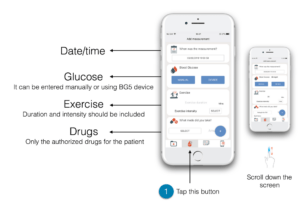
Projects
Power2DM – H2020 – Diabetes Management solution.
An Horizon 2020 project to develop and validate a personalized self-management support system for Type 1 (T1) and Type 2 (T2) diabetes patients that combines and integrates (1) a decision support system (DSS) based on leading European predictive personalized models for diabetes interlinked with predictive computer models, (2) automated e-coaching functionalities based on Behavioral Change Theories, and (3) real-time Personal Data processing and interpretation.
The DSS is based on the complementary combination of proven predictive models for short term plasma glucose prediction, medium term diabetes progression, and long-term risk scoring for diabetes complications. These models are integrated in adaptive personalized behavior change interventions to increase adherence of the patients to their care program and improve their interaction with health professionals.
Completing a task
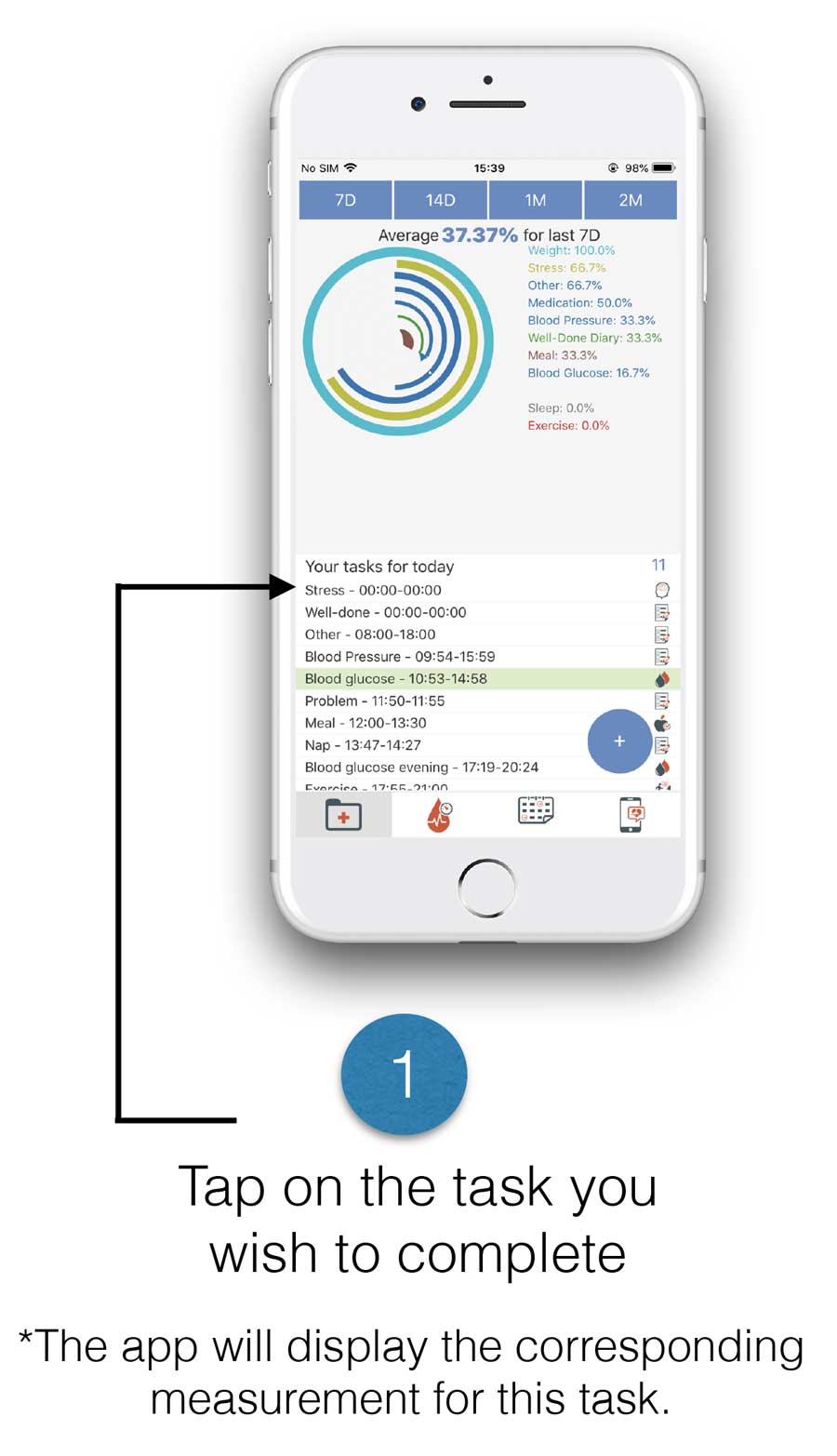
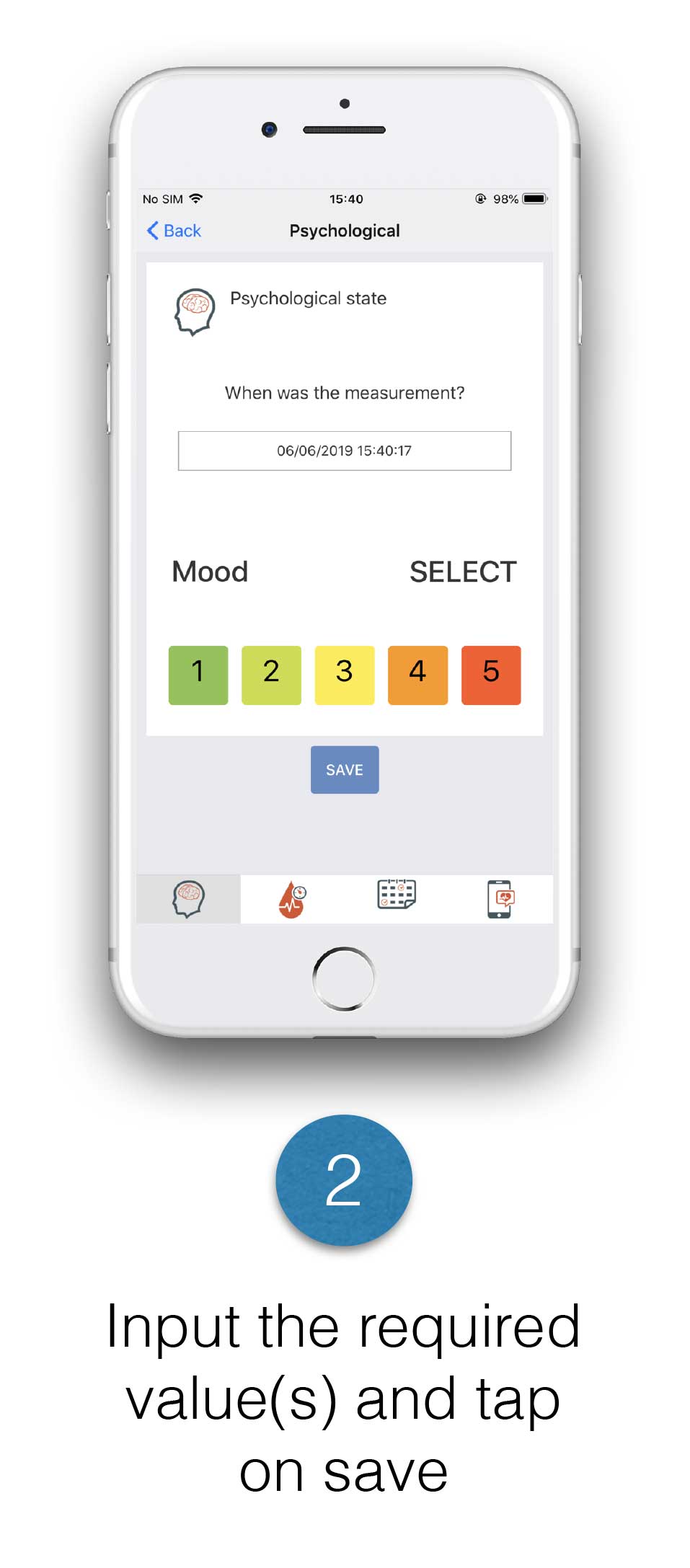
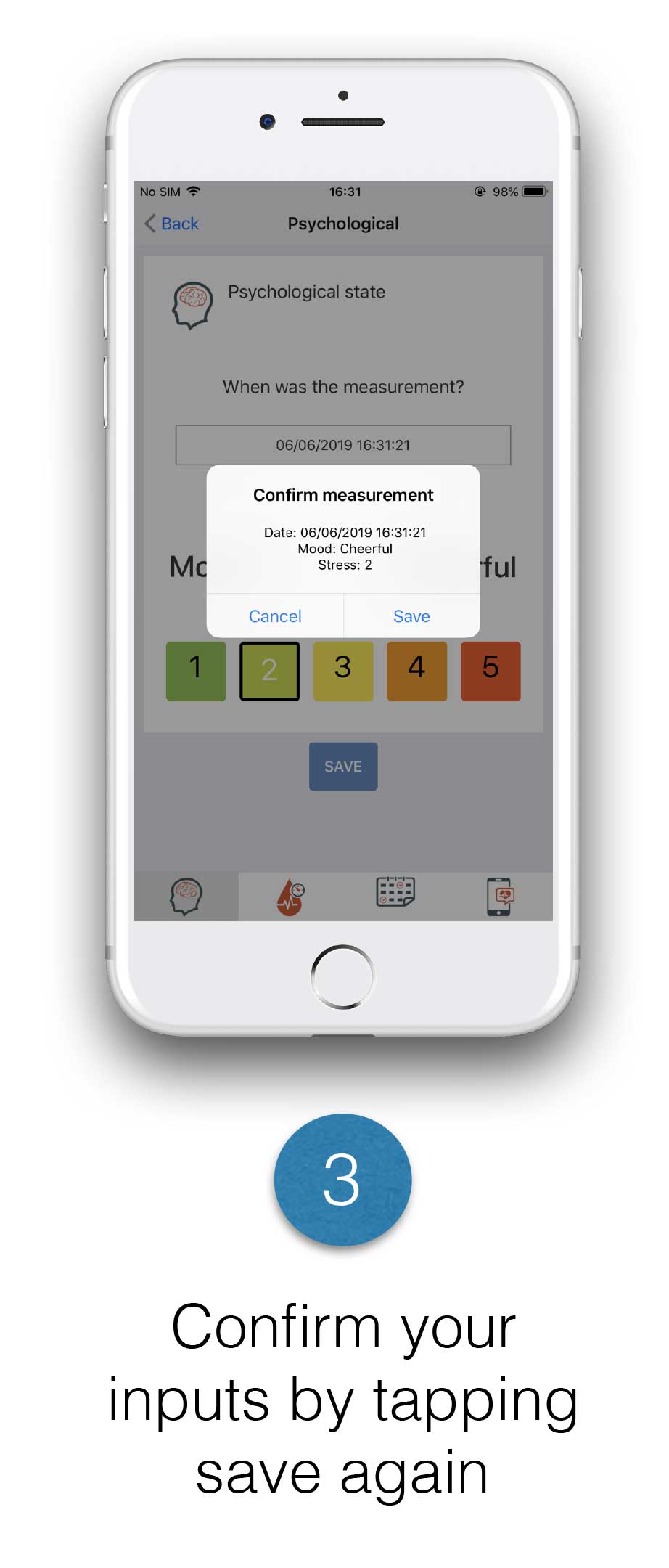
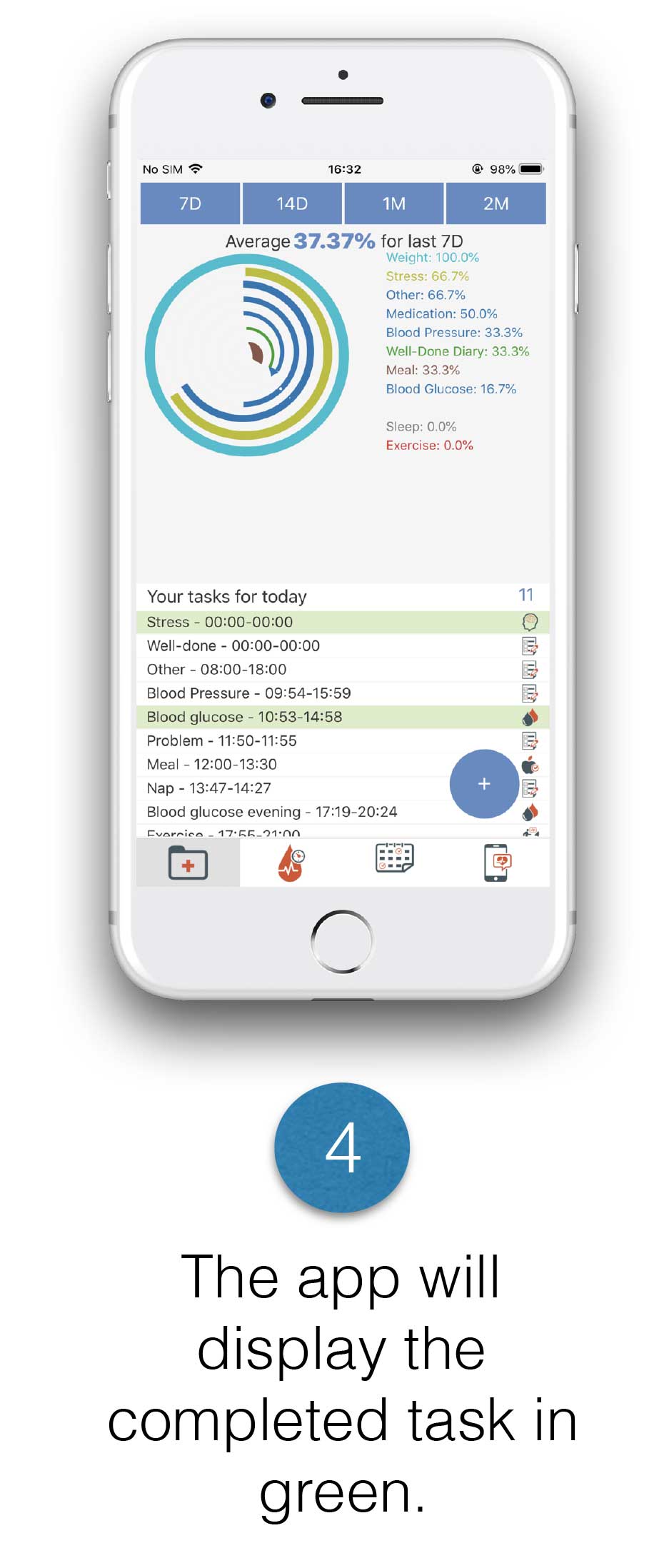
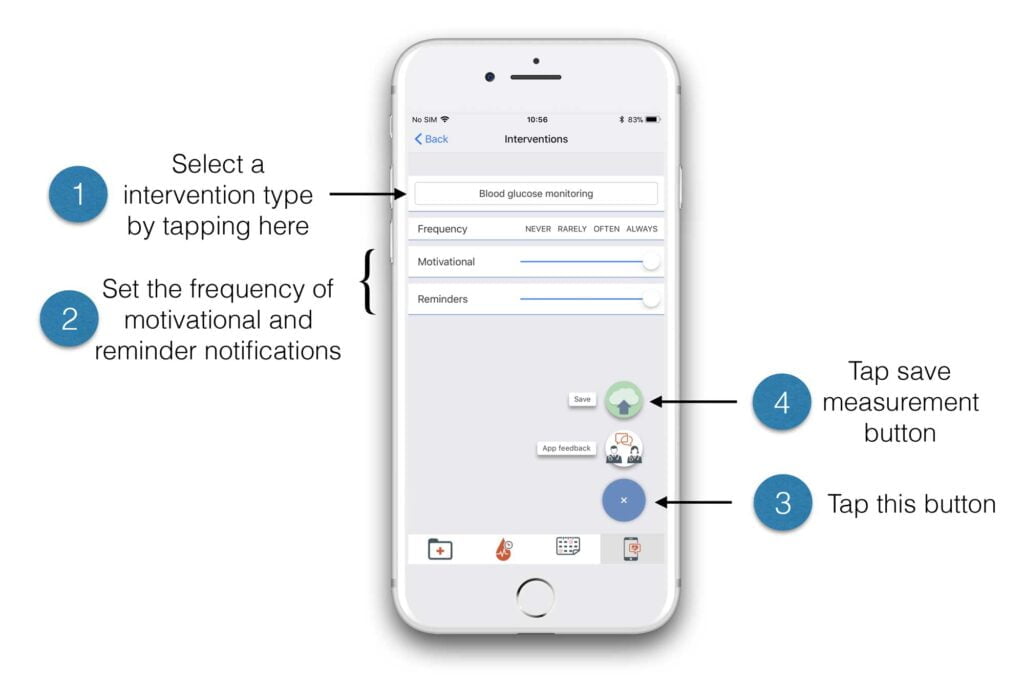
The decision support system it’s based on the complementary combination of proven predictive models for short term plasma glucose prediction, medium term diabetes progression, and long term risk scoring for diabetes complications.
These models are integrated in adaptive personalized behavior change interventions to increase adherence of the patients to their care program and improve their interaction with health professionals.
A cloud-based Data Integration Service, collecting and processing data from personal devices and EHR/PHR in real-time feeds the decision support system.
Technical support – sending a message
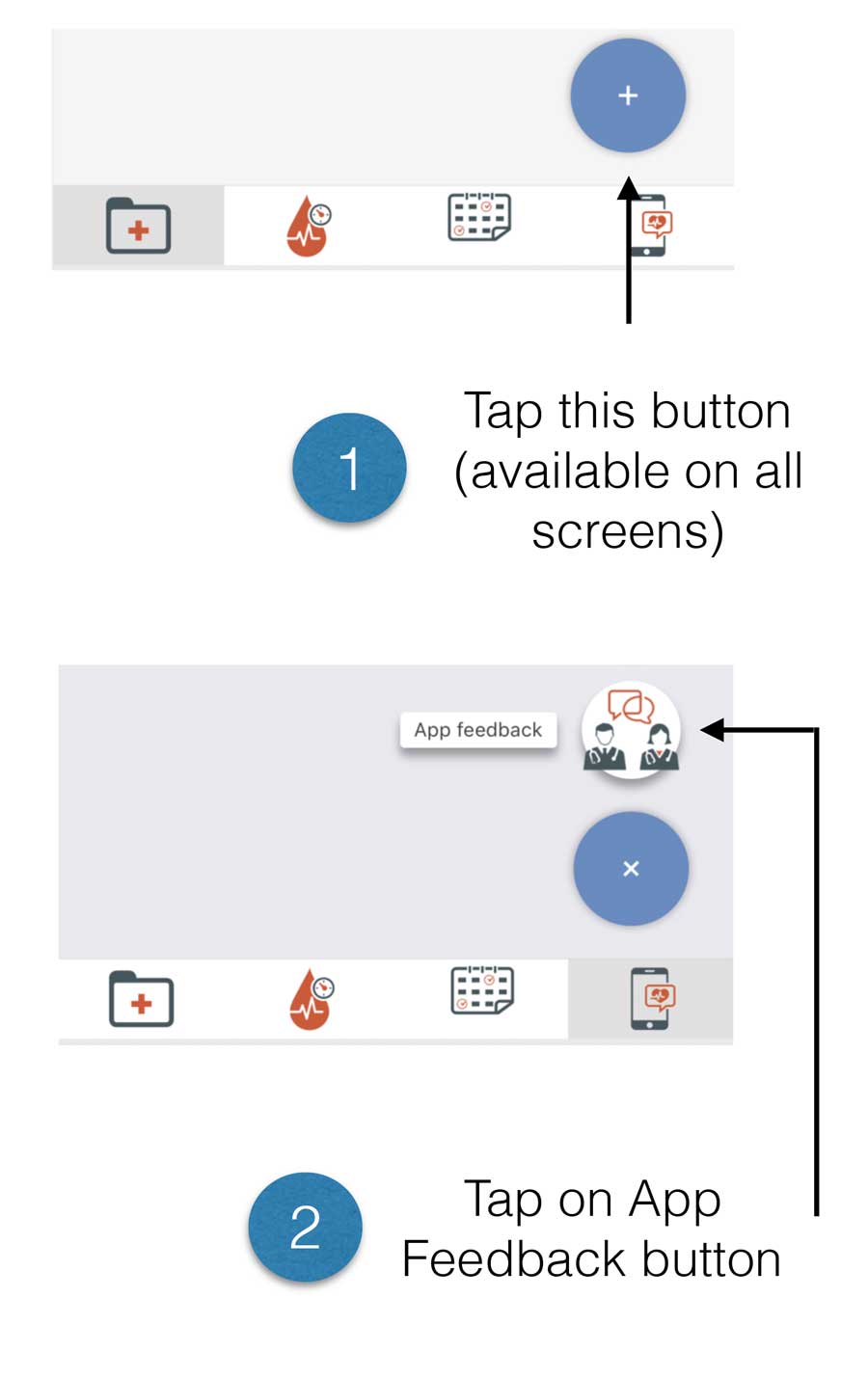
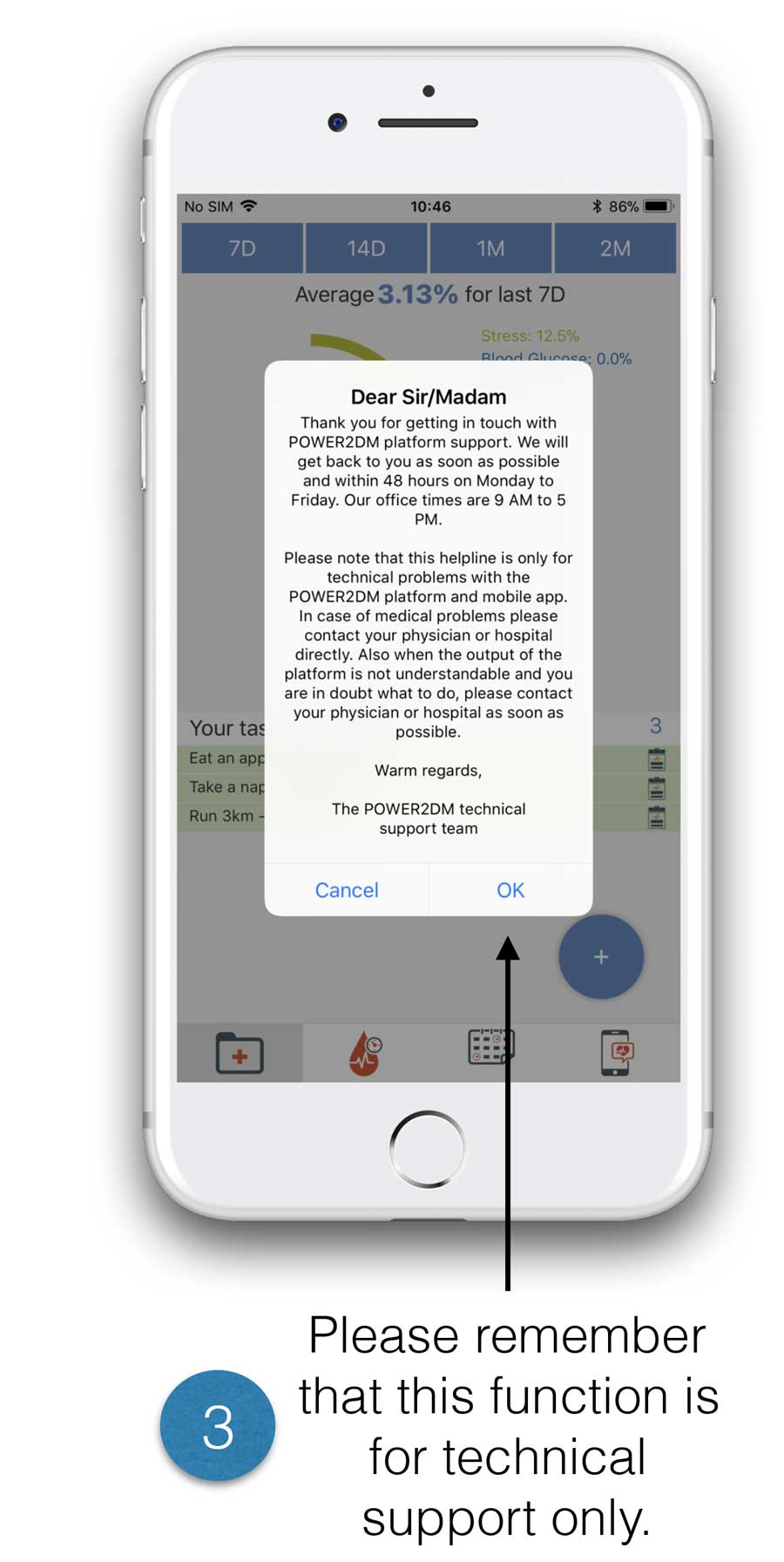
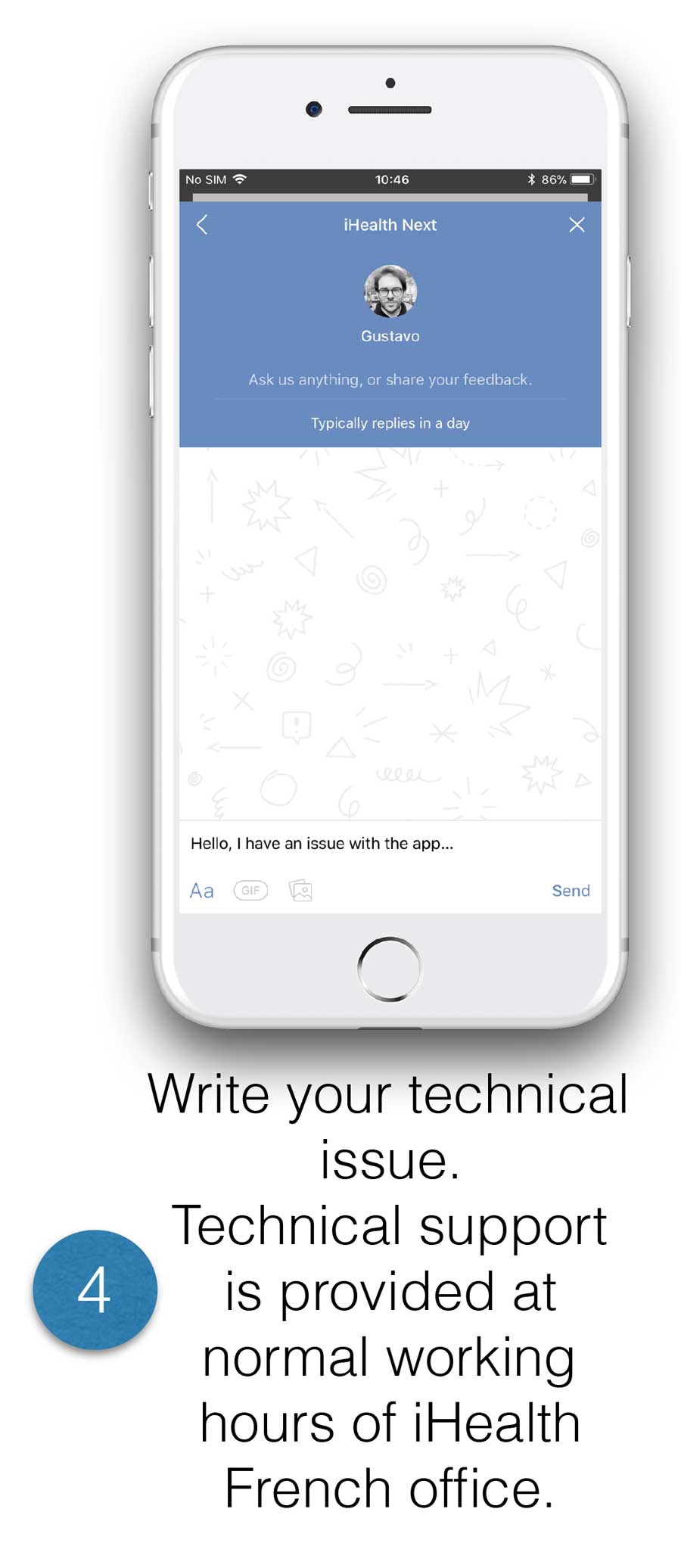
System and Data Architecture.
Shared Decision Making Application (SDMA): A web based Rich Internet Application (RIA) that supports the healthcare professionals (physicians and supporting nurse) in shared decision making phase.
SMSS Mobile application
SMSS Web Application: A web application that also supports patient during self-management periods. It complements the Mobile Application and enables patient to manage his self-management weekly/biweekly action plans via larger screens.
User and Privacy Management Web Interface: A web application that handle the common administrative operations for user and privacy management.
Personal Data Store: The component that provides a secure storage for all patient health data that needs to be recorded in the system and provide a secure HL7 FHIR based RESTful service for other components to access and update the recorded data.
Core Services: The component that provides the core services like authentication, user identity and authorization management, and audit log storage.
Prediction Services: All short, mid and long-term predictive models used in KADIS, MT2D-MARVEL and Risk Score models are exposed as services in a way that are consumable by other relevant components through a web API or through the corresponding APIs within the backend platform.
Action Plan Engine: The backend intelligence service for SMSS Mobile and Web applications
Communication Engine
Main technologies
-
Back-End: Node.js, Golang, Python
-
Front-End: Java, Swift, Objectove-C, React & React Native, iOS, Android, JavaScript,TypeScript
-
Databases: Redis, MongoDB, PostgreSQL, MySQL
-
IoT/APIs:GraphQL , RESTful, JSON, XML,WebSockets
-
Programming languages: Go, Python, JavaScript, Java, SQL, Bash,TypeScript
-
Visualization: Docker,Kubernetes , Vagrant, Virtual Machines
-
Testing: jUnit, Jest, Enzyme, Mocha,Cucumber , k6, jMeter
-
Browser Automation: Chromedriver, Selenium
-
Cloud providers: AWS, Google Cloud & In-house (private)
-
DevOps:Automation, Jenkins, GitHub Actions, Travis-CI, Circle-CI, Docker, Kubernetes
Implementations
-
IoT:Load balancing , Reverse proxies,APIs , WebServices, Job Scheduling […]
-
Data Science:Machine Learning , Data pipelines,Data processing, Data mapping,Algorithms
-
Design & programming patterns: Data Access Layers, ReactiveX,Dependency Injection , UML Designs, Message Queues
-
Hardware: Server set-up, Horizontal & Vertical scaling, Profiling